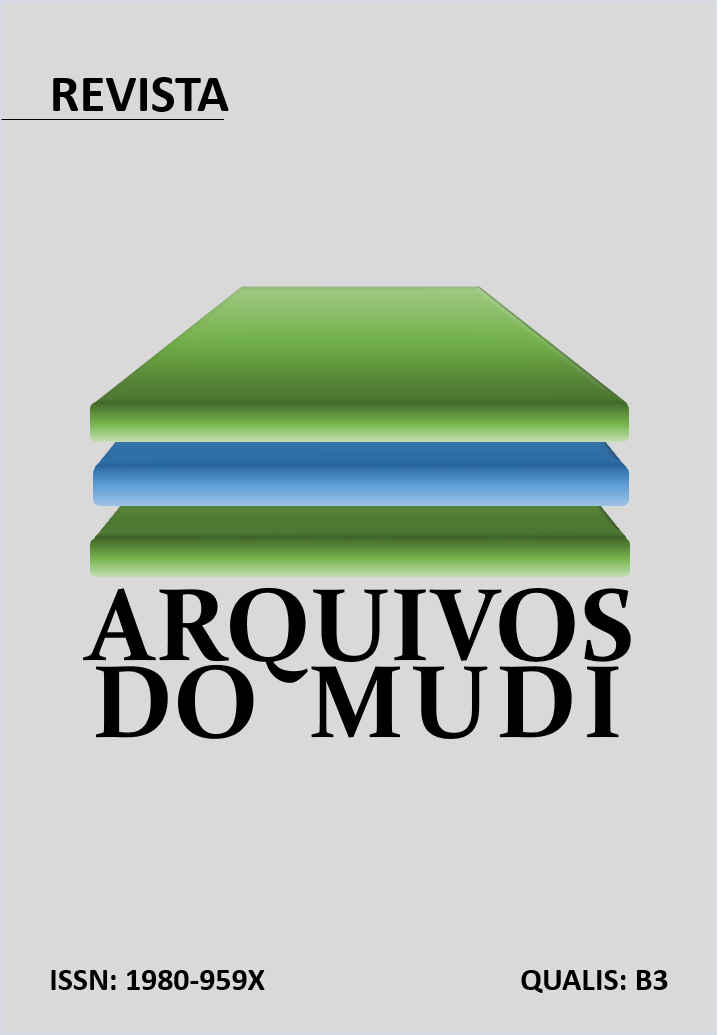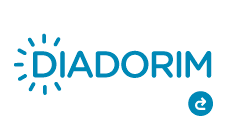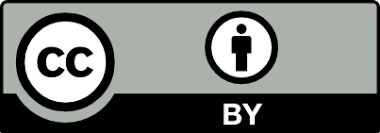Improper feeding of wild animals in an urban conservation unit: Parque do Ingá as a non-formal teaching space
Abstract
Objective: The study analyzed the population's perception regarding the negative impacts of the practice of feeding wild animals in Parque do Ingá, in Maringá (PR), in order to highlight the damage to both the ecological balance and the health of animals and humans. Methods: The research consisted of an action aimed at teaching carried out in the park, using teaching materials and interactive games to raise awareness among visitors about the risks of this interaction, seeking to demonstrate how non-formal spaces can be important tools for teaching. Results: Around 60 people participated, with children being the most interested. Conclusion: The educational actions were successful, as they allowed the construction of reflections, although the research indicated that approaches carried out directly within the park would have reached an even larger audience.
Downloads
References
Silva TDM, Deccache-Maia E. Museus e centros de ciências itinerantes do estado do Rio de Janeiro: interiorizando o conhecimento científico. Actio: Docência em Ciências. 2021;6(2):1-23. doi: http://dx.doi.org/10.3895/actio.v6n2.14256
Jenkins E. Science for all: The importance of science education in modern societies. Stud Sci Educ. 2011;47(1):1-37.
Falk JH, Dierking LD. Learning from Museums: Visitor Experiences and the Making of Meaning. Walnut Creek, CA: AltaMira Press; 2002.
Kolb DA. Experiential learning: Experience as the source of learning and development. Englewood Cliffs, NJ: Prentice Hall; 1984.
Kisiel J. Exploring a school-museum relationship: An investigation of teacher perceptions and practices. J Sci Teach Educ. 2010;21:7-75.
Ballantyne R, Packer J. Nature-based learning and pedagogy in natural settings. In: Dillon J, Rickinson M, eds. Advancing environmental education practice. Cham: Springer; 2009.
Louv R. Last child in the woods: Saving our children from nature-deficit disorder. Chapel Hill, NC: Algonquin Books; 2005.
Orams MB. Feeding wildlife as a tourism attraction: A review of issues and impacts. Tour Manag. 2002;23(3):281-93. doi: https://doi.org/10.1016/S0261-5177(01)00080-2
Newsome D, Rodger K. Feeding of wildlife: An acceptable practice in ecotourism? In: Lück M, ed. The encyclopedia of ecotourism. Wallingford, UK: CABI; 2008. p. 197-210.
Heimlich JE, Ardoin NM. Understanding behavior to understand behavior change: A literature review. Environ Educ Res. 2008;14(3):215–37. doi: https://doi.org/10.1080/13504620802148881
Monroe MC, Andrews E, Basso J. Environmental education and communication for a sustainable world. Washington, DC: North American Association for Environmental Education; 2008.
Prefeitura Municipal de Maringá. Plano de Manejo do Parque do Ingá [Internet]. Maringá: Prefeitura Municipal de Maringá; 2020 [citado 2025 fev 23]. Disponível em: https://www3.maringa.pr.gov.br/conferencia/?cod=plano-de-manejo-do-parque-do-inga
Mussi RFF, Flores FF, Almeida CB. Pressupostos para a elaboração de relato de experiência como conhecimento científico. Práx Educ. 2021;17(48):60-77. doi: https://doi.org/10.22481/praxisedu.v17i48.9010
Orlandi TRC, Duque CG, Mori AM. Gamificação: uma nova abordagem multimodal para a educação. Biblios. 2018;(70). Disponível em: https://portal.unisepe.com.br/unifia/wp-content/uploads/sites/10001/2020/03/Renato-Revista-Educac_a_o-em-Foco.pdf. Acesso em: 2025 fev 15.
Malaquias JF, Vasconcellos FCW, Silva CS, Diniz HD, Santiago MC. O lúdico como promoção do aprendizado através dos jogos socioambientais, integrando a educação ambiental formal e não formal. Rev Eletr Mestr Educ Ambient. 2012;29. doi: https://doi.org/10.14295/remea.v29i0.2943
Gonzales IAA, Magalhães Junior CAO. Concepções e práticas dos visitantes do Parque do Ingá, Maringá-PR acerca da alimentação dos saguis (Callithrix jacchus). J Health Sci. 2016;18(1):19-23. doi: https://doi.org/10.17921/2447-8938.2016v18n1p23-27
Miranda S. No fascínio do jogo, a alegria de aprender. Linhas Críticas. 2002;8(14):21–34. doi: https://doi.org/10.26512/lc.v8i14.2989
Hidalgo MR, Obara AT, Farias Junior G, Milaneze-Gutierre MA, Silva ES. Educação ambiental e potencial ecoturístico do Parque do Ingá (Maringá – Paraná). In: Anais do III Simpósio Nacional de Ensino de Ciência e Tecnologia - SINECT. Ponta Grossa; 2012. Disponível em: https://www3.maringa.pr.gov.br/sistema/arquivos/7526bff207cd.pdf. Acesso em: 2025 fev 15.
Wyatt T, Miralles O, Massé F, Lima R, Da Costa TV, Giovanni D. Wildlife trafficking via social media in Brazil. Biol Conserv. 2022;265:109420. doi: https://doi.org/10.1016/j.biocon.2021.109420
DECLARAÇÃO DE ORIGINALIDADE E DIREITOS AUTORAIS
Declaro que o presente artigo é original, não tendo sido submetido à publicação em qualquer outro periódico nacional ou internacional, quer seja em parte ou em sua totalidade.
Os direitos autorais pertencem exclusivamente aos autores. Os direitos de licenciamento utilizados pelo periódico é a licença Creative Commons Attribution 4.0 (CC BY ): são permitidos o acompartilhamento (cópia e distribuição do material em qualqer meio ou formato) e adaptação (remix, transformação e criação de material a partir do conteúdo assim licenciado para quaisquer fins, inclusive comerciais.

Recomenda-se a leitura desse link para maiores informações sobre o tema: fornecimento de créditos e referências de forma correta, entre outros detalhes cruciais para uso adequado do material licenciado.

















